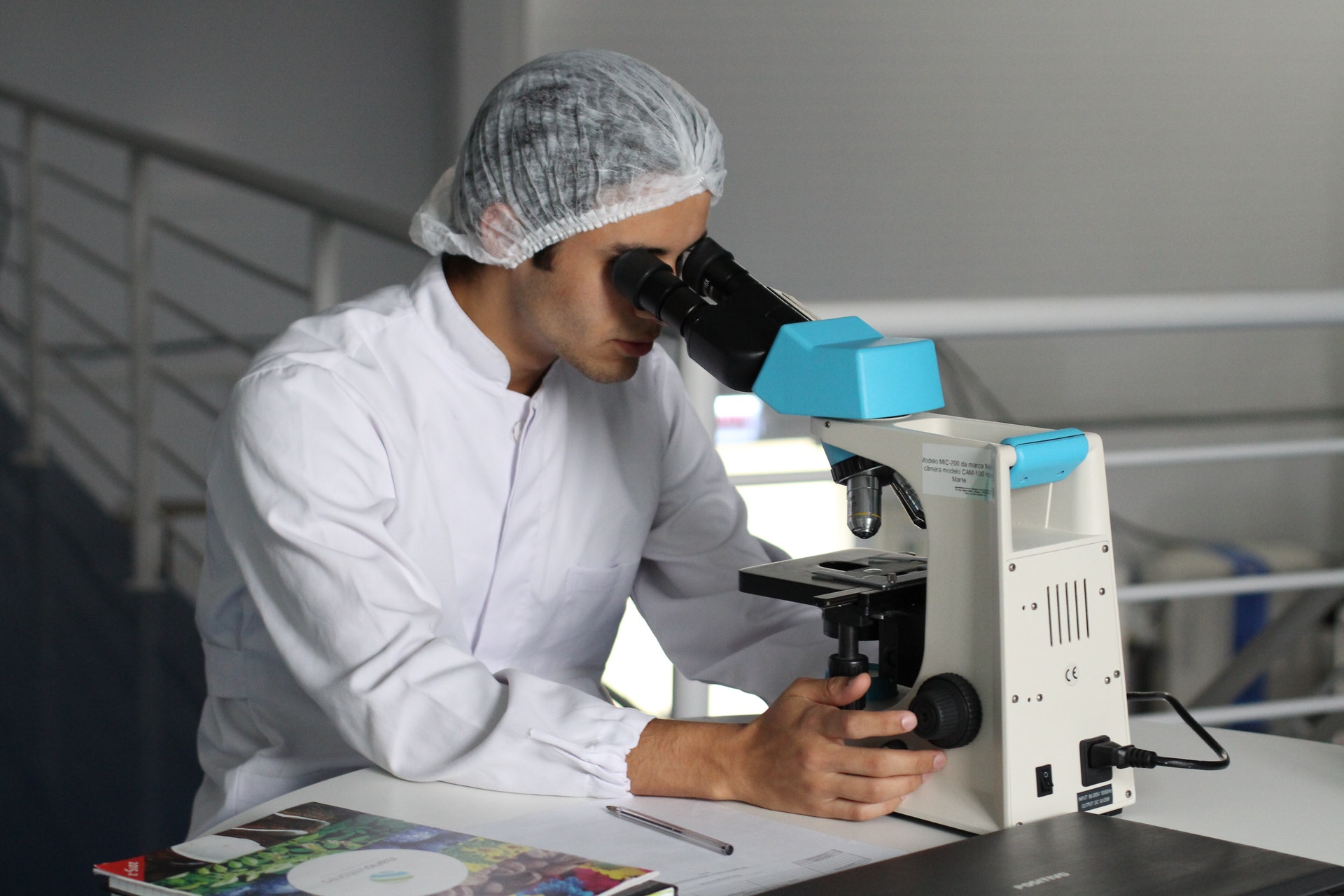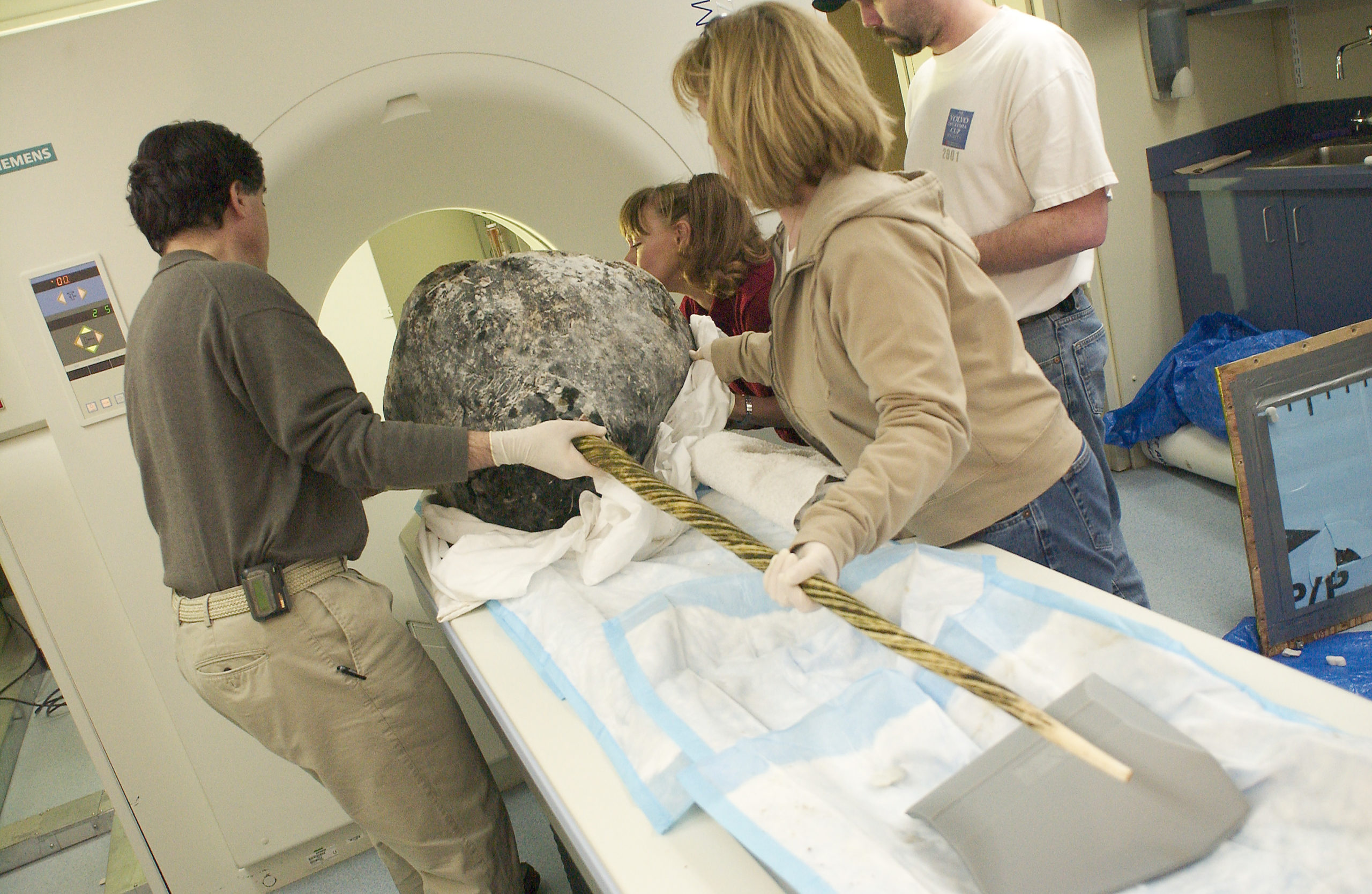Field Studies
microRNA: Small Regulators with Big Impact
MicroRNA are small noncoding RNAs that regulate the expression of thousands of genes, at mRNA level, in a broad range of organisms in both normal physiological contexts and disease contexts. In recent years they are gaining more and more attractions because, as key regulators in gene expression networks, they can influence many biological pathways and also show promise as biomarkers for cancer. The human genome encodes around 2,500 microRNA genes, and over half of human protein-coding genes (at lease 60%) are regulated by microRNA. A functional microRNA represses gene expression by specifically binding to the 3’-UTR of its target mRNA. This either destabilizes their mRNA or block protein synthesis, and as a consequence, the targeted genes will not be translated into proteins. In mammals, microRNA genes experienced rapid evolution and are considered to have evolved independently in distinct lineages. Gain and loss of multiple functional microRNA has been observed across mammalian taxa, which could potentially explain the adaptive phenotypes in these lineages. However, there are some conserved microRNA genes that are only slightly differed in sequence between species. Although conserved, the variation may substantially alter the repertoire of its gene targets, thus regulating different biological pathways. In this project, we will investigate all of the genomes to identify conserved microRNA genes, and elucidate how microRNA genes have evolved in mammals.
Words & Story Zixia Huang,
University College Dublin







